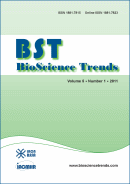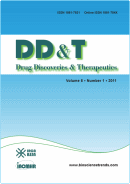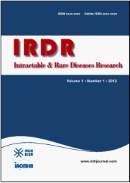Drug Discov Ther. 2025;19(5):277-284. (DOI: 10.5582/ddt.2025.01108)
Changing epidemiology of respiratory pathogens since 2020: Shenzhen case study and global perspectives
Chen C, Liu HM, Liu JY, Chen PF, Lu HZ
The coronavirus disease 2019 (COVID-19) pandemic fundamentally disrupted global respiratory virus epidemiology through widespread non-pharmaceutical interventions. Analysis of a tertiary hospital in Shenzhen (2021-2024) reveals profound alterations in seasonal patterns. Influenza A exhibited multiple atypical peaks including summer circulation, while influenza B showed delayed resurgence with sustained winter activity. Respiratory syncytial virus demonstrated altered seasonality with substantial warm-season transmission replacing traditional winter patterns. World Health Organization (WHO) global surveillance confirmed parallel worldwide trends. Influenza activity collapsed dramatically in 2021 before resurging with irregular timing and unprecedented intensity through 2025. Respiratory syncytial virus exhibited off-season epidemics across multiple regions before gradually re-establishing modified seasonal patterns at elevated baseline levels. These epidemiological shifts resulted from immunity gaps created by reduced viral exposure, staggered lifting of pandemic restrictions across regions, and viral competition dynamics. Emerging technologies including AI-driven prediction models, expanded wastewater surveillance systems, and universal vaccine development offer promising approaches for managing future respiratory disease dynamics in this evolving post-pandemic landscape.







